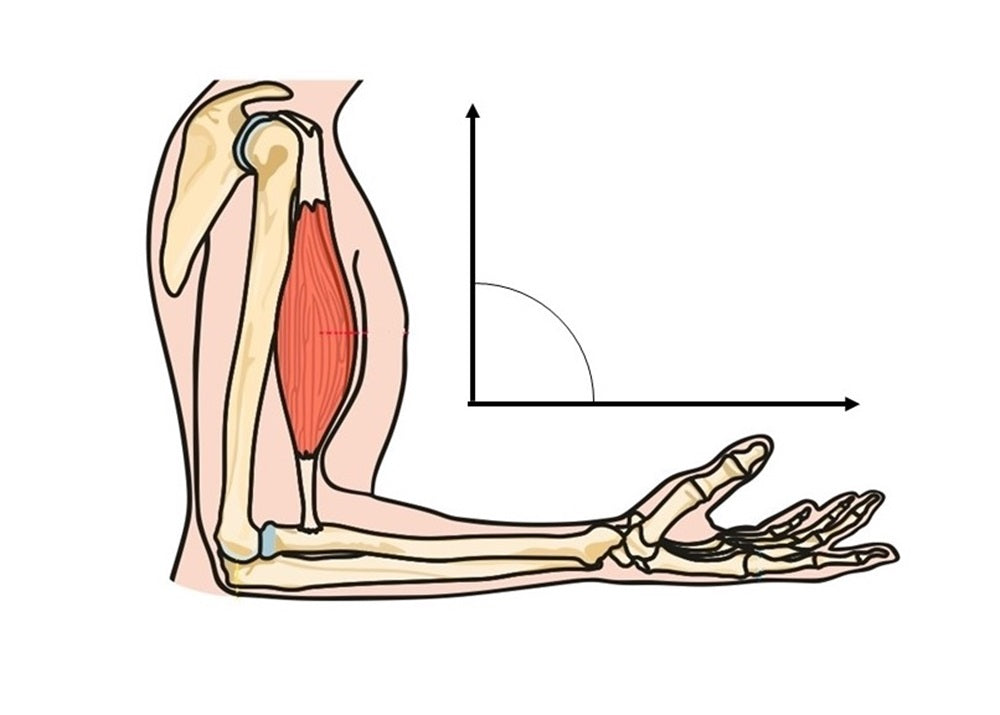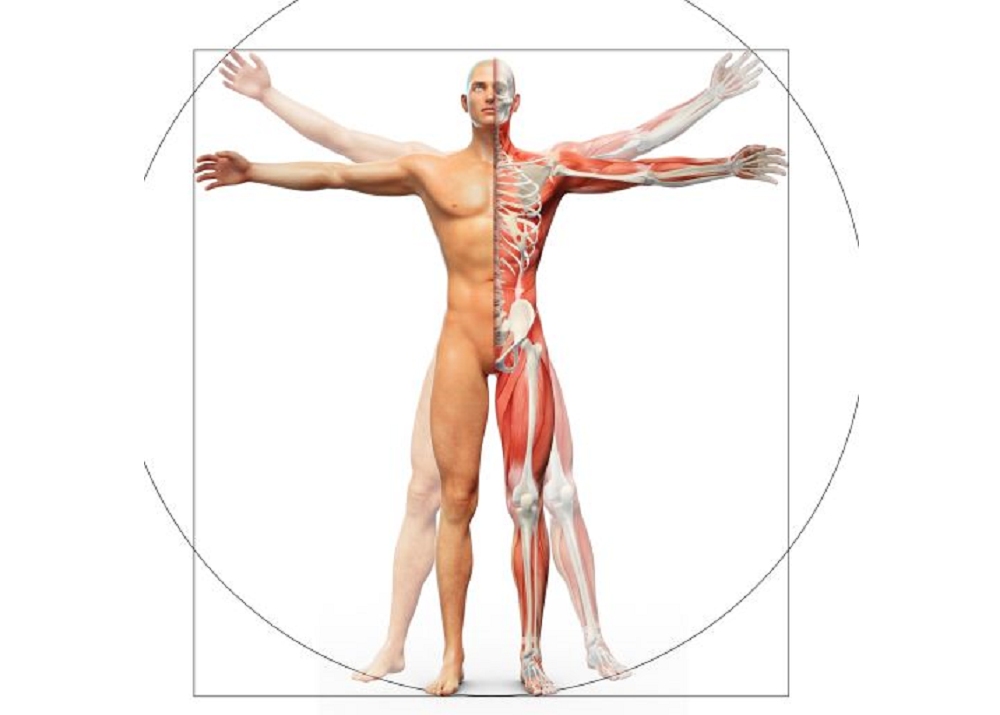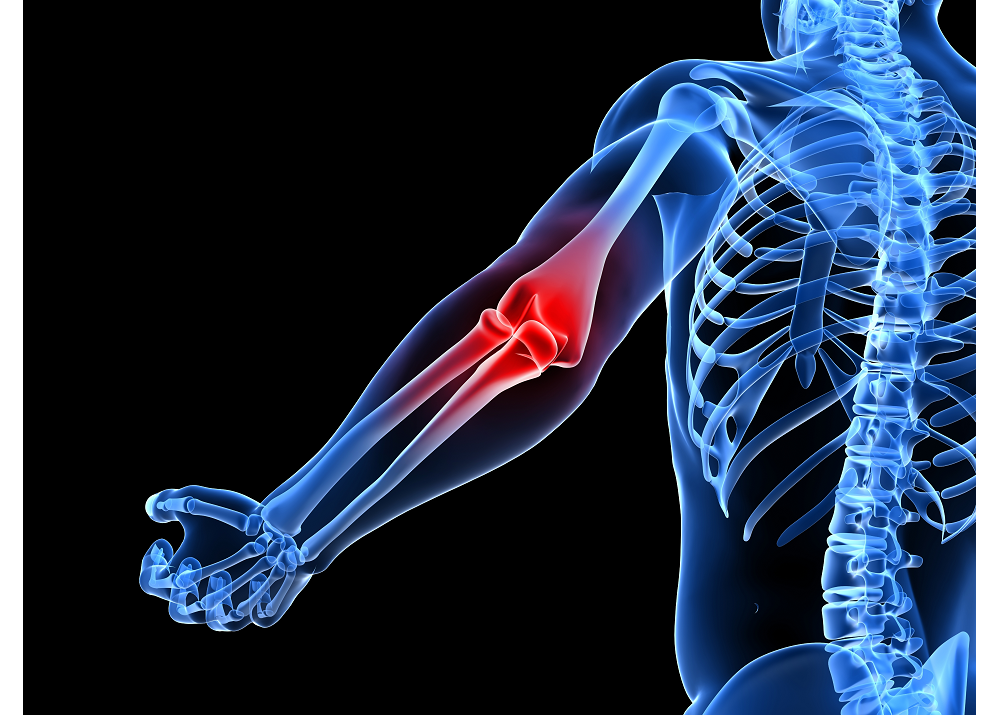Introduction:
In the realm of weight training, understanding the Angle of Muscle Pull is akin to unlocking a blueprint for optimal muscle engagement. This often-overlooked aspect holds the key to maximizing the effectiveness of exercises, preventing injuries, and sculpting a body that performs with precision. In this blog post, we delve into the theory behind the Angle of Muscle Pull and its transformative impact on your weight training journey.
The Basics of Angle of Muscle Pull:
-
Defining the Angle: The Angle of Muscle Pull refers to the direction in which a muscle exerts force during a specific exercise. This angle varies depending on the movement and the orientation of the joints involved.
-
Optimal Muscle Engagement: Understanding the ideal angle for each exercise allows for optimal muscle engagement. This means that the targeted muscles are activated most effectively, leading to better strength gains and muscle development.
-
Joint Mechanics Influence: The Angle of Muscle Pull is intricately linked to joint mechanics. Whether it's a push or pull exercise, the alignment of joints plays a crucial role in determining the most effective angle for muscle activation.
Key Concepts Behind the Theory:
-
Leverage and Resistance: The Angle of Muscle Pull influences leverage and resistance. By adjusting the angle, you can manipulate the mechanical advantage or disadvantage of a movement, tailoring it to specific muscle groups and goals.
-
Compound Movements vs. Isolation Exercises: Compound movements often involve multiple joints and muscle groups, requiring a nuanced understanding of muscle pull angles. Isolation exercises, on the other hand, target specific muscles, allowing for more precise control over the angle of pull.
Application in Different Exercises:
-
Squats and Deadlifts: In compound movements like squats and deadlifts, the Angle of Muscle Pull is pivotal. Proper form ensures that the force is directed to the targeted muscles, promoting safe and effective execution.
-
Bicep Curls and Tricep Extensions: Isolation exercises such as bicep curls and tricep extensions require attention to the angle of pull for maximal muscle activation. Precision in these movements enhances muscle development and symmetry.
Preventing Injuries and Imbalances:
-
Misaligned Angles and Risks: Incorrect angles during weight training may lead to imbalances and increase the risk of injuries. Understanding the theory behind the Angle of Muscle Pull is essential for maintaining joint health and promoting overall symmetry.
-
Customizing Workouts: Tailoring your workouts based on the theory of muscle pull angles allows for a customized approach. This ensures that each exercise contributes to your specific fitness goals while minimizing the risk of strain or injury.
Conclusion:
The theory behind the Angle of Muscle Pull in weight training is a game-changer for those seeking precision and effectiveness in their workouts. By delving into this nuanced aspect of exercise science, individuals can elevate their training routines, sculpt their bodies with intention, and embark on a journey towards strength and symmetry. Embrace the theory, apply it to your workouts, and witness the transformative impact on your weight training experience.



